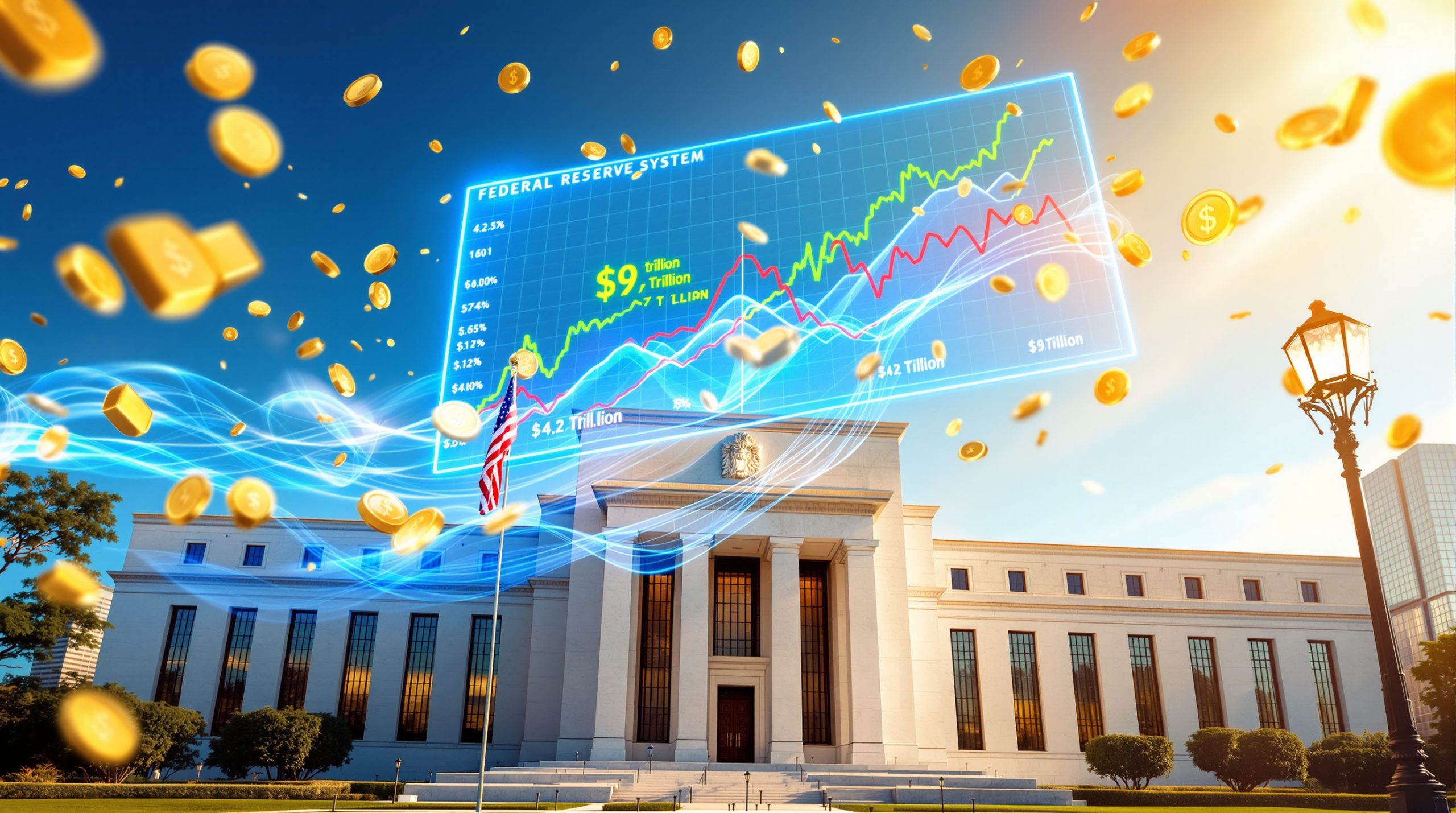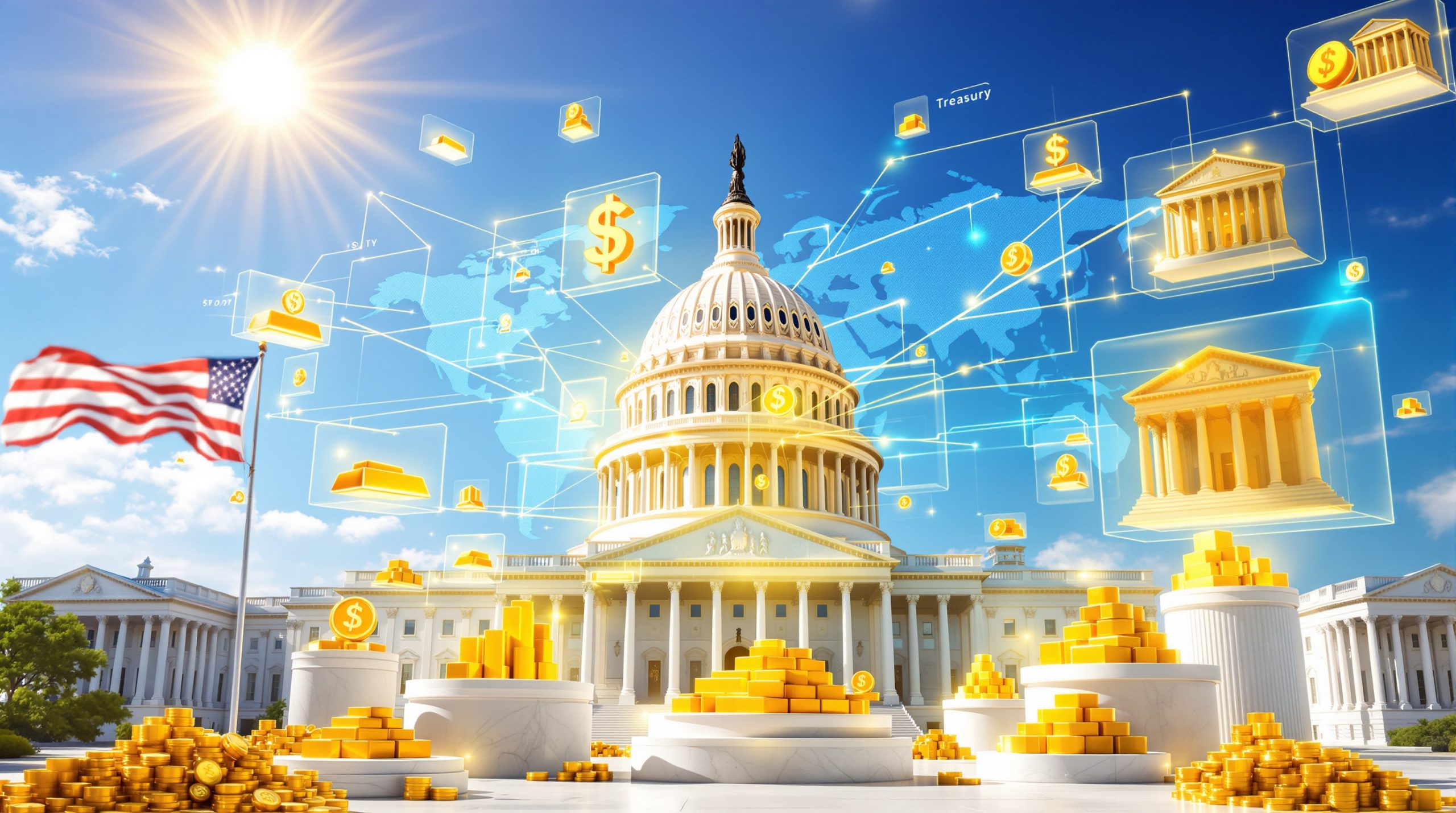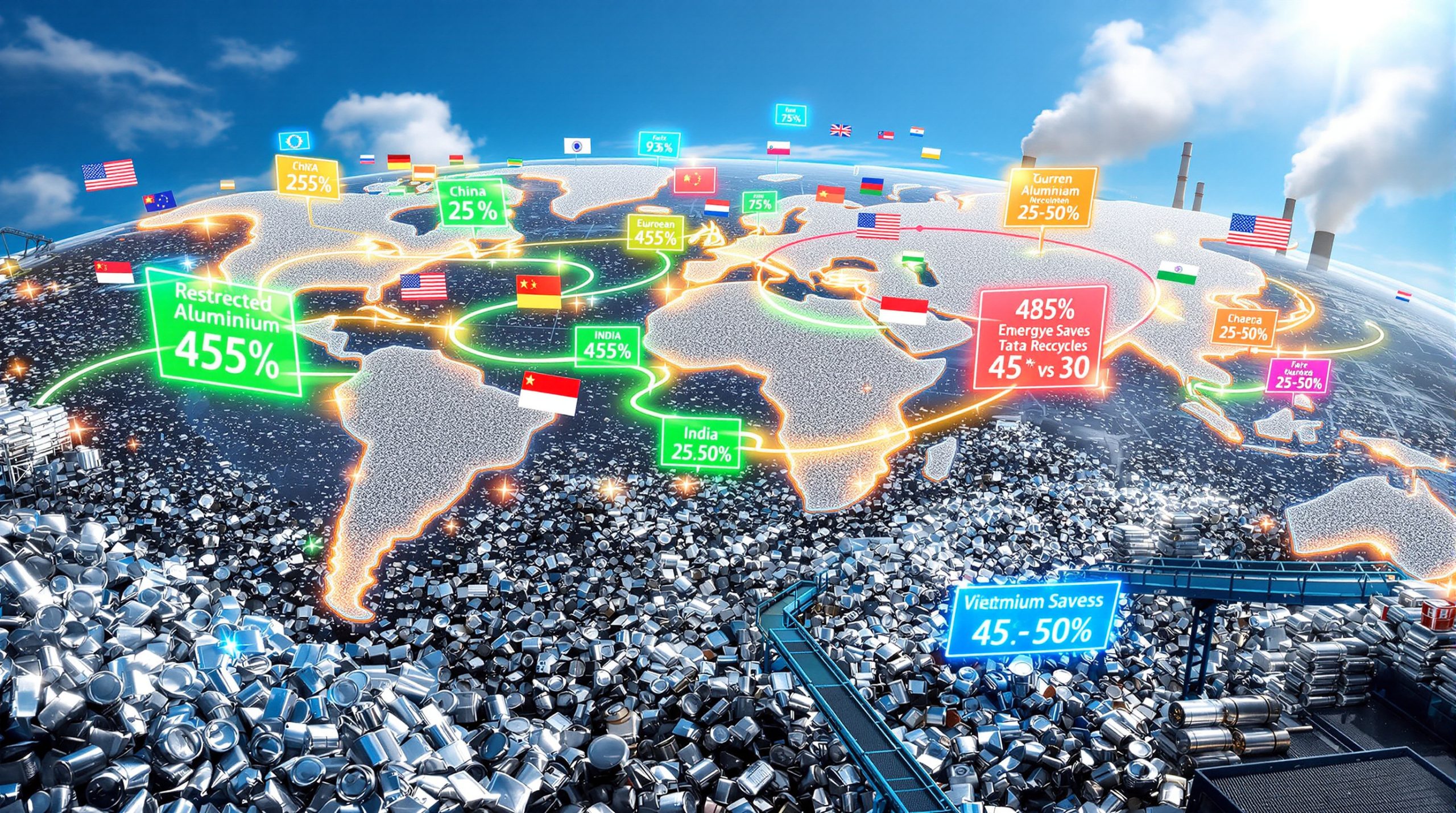What Are Tariffs and How Do They Function in Global Trade?
Tariffs represent a fundamental tool in international trade policy, serving as taxes imposed on imported goods and services. Their implementation makes foreign products more expensive for domestic consumers and businesses, potentially shifting purchasing behavior toward locally produced alternatives. The mechanics of tariffs vary significantly based on how they're calculated and applied.
Definition and Basic Mechanics of Tariffs
Tariffs function through several distinct mechanisms, each with unique economic implications:
- Ad valorem tariffs: Calculated as a percentage of the import's value (e.g., a 25% tariff on imported steel)
- Specific tariffs: Fixed amount charged per unit of imported goods (e.g., $2.50 per barrel of oil)
- Compound tariffs: Combination of both ad valorem and specific tariff components
- Tariff-rate quotas: Lower tariff rates for specified quantities, with higher rates applying after thresholds are reached
These tariff structures allow governments to calibrate their trade policy with remarkable precision, targeting specific industries or product categories while leaving others relatively unaffected.
Historical Context of Tariff Implementation
The use of tariffs as economic tools stretches back centuries, evolving alongside changing economic theories and national priorities:
- In early American history, tariffs provided up to 95% of federal revenue before income taxes were established
- The Smoot-Hawley Tariff Act of 1930 raised import duties by an average of 20%, often cited as exacerbating the Great Depression
- Post-WWII global trade frameworks like GATT and later the WTO focused on systematically reducing tariff barriers
- Recent years have seen a resurgence in tariff impact on markets as tools of economic leverage
Throughout economic history, tariffs have served multiple purposes beyond simple revenue generation, including protecting developing industries and responding to perceived unfair trade practices by other nations.
Distinguishing Between Protectionism and Free Trade
The global trading system exists on a spectrum between two philosophical approaches, though pure versions of either are rare in practice:
Protectionism prioritizes:
- Shielding domestic industries from foreign competition
- Maintaining employment in specific sectors
- Preserving strategic manufacturing capabilities
- Addressing perceived imbalances in trade relationships
Free trade emphasizes:
- Maximizing economic efficiency through comparative advantage
- Lowering consumer prices through expanded competition
- Promoting innovation through global market access
- Developing specialized production capabilities
In reality, most nations employ hybrid approaches that selectively protect certain industries while embracing freer trade in others, often creating complex and sometimes contradictory policy frameworks.
Why Do Countries Implement Protectionist Policies?
Protectionist policies arise from a complex interplay of economic necessities, political pressures, and strategic considerations. While often criticized by economic purists, these measures respond to real-world challenges faced by governments balancing multiple competing priorities.
Economic Motivations for Protectionism
Several economic factors drive countries toward protectionist measures:
- Job preservation: Protecting employment in industries vulnerable to foreign competition, particularly in regions with few alternative employment options
- Industry development: Allowing emerging sectors to develop competitive capabilities before facing global competition
- Trade deficit reduction: Attempting to address persistent imbalances between imports and exports
- Working capital management: Addressing the financial strain caused by domestic overcapacity and unsold inventory
Countries with significant manufacturing sectors often face particular pressure to maintain export markets while limiting imports, creating inherent tensions in the global trading system.
Political Factors Driving Protectionist Policies
The political dimensions of trade policy often prove equally powerful:
- Electoral pressures: Responding to constituent demands for economic protection, particularly in regions dependent on specific industries
- National security concerns: Maintaining domestic production capacity in strategically important sectors like steel, semiconductors, and energy
- Negotiation leverage: Using Trump's tariff proposals to gain concessions in broader trade negotiations
- Sovereignty assertions: Demonstrating political independence from global economic institutions
The political calculus around trade policy frequently involves weighing abstract economic benefits against concrete and visible costs to specific communities and industries.
Overcapacity as a Driver of Trade Tensions
A frequently overlooked factor in global trade tensions is production overcapacity:
"Many countries maintain excess production capacity. This creates pressure to find export markets. Working capital issues arise when products cannot be sold. Countries with large consumer markets become natural targets for exports."
When manufacturers produce more than domestic markets can absorb, the resulting financial pressure creates powerful incentives to seek export markets at almost any cost. This dynamic underlies many persistent trade imbalances and resulting tensions, particularly in industries with high fixed costs and significant labor forces.
What Economic Effects Do Tariffs Have on Domestic Economies?
The economic impacts of tariffs extend far beyond their immediate price effects, creating complex ripple effects throughout domestic economies that can both benefit and harm different sectors and stakeholders.
Price Effects and Consumer Impact
Tariffs create several direct and indirect price effects:
- Direct price increases: Imported goods become more expensive by the tariff amount plus potential markup
- Competitive pricing effects: Domestic producers may raise prices due to reduced competition
- Supply chain cost increases: Higher input costs for businesses using imported components
- Substitution effects: Changes in purchasing behavior toward domestic alternatives or different product categories
For consumers, these effects typically manifest as reduced purchasing power, though the magnitude varies significantly based on tariff scope, available alternatives, and market structures.
Employment and Industry Transformation
The employment effects of tariffs and protectionism in global trade reveal the complex tradeoffs involved:
- Short-term job preservation: Protection of existing jobs in directly targeted industries
- Downstream employment impacts: Potential job losses in industries using tariffed inputs
- Long-term structural impacts: Reduced pressure for efficiency and innovation may decrease competitiveness
- Industry adaptation: Changes in production methods, automation, and business models
- Sectoral shifts: Growth in protected industries potentially offset by contraction in export-dependent sectors
These mixed effects make it difficult to assess the net employment impact of tariffs without detailed analysis of specific implementation contexts.
Do Tariffs Cause Inflation?
A critical question in tariff debates concerns their inflationary impact:
- Tariffs do not directly increase the money supply, the fundamental driver of true inflation
- They cause relative price changes rather than systemic inflation
- Price increases from tariffs are typically one-time adjustments, not ongoing escalation
- Government spending and monetary policy remain the primary drivers of inflation
As one economic analyst notes: "True inflation requires monetary expansion through increased currency creation. Tariffs may cause relative price changes rather than systemic inflation."
This distinction highlights the importance of separating price effects in specific sectors from broader monetary phenomena when evaluating US tariffs on Canadian industries.
How Do Global Trade Dynamics Shape Protectionist Strategies?
The international trade landscape rarely resembles textbook models of free markets, instead featuring a complex web of formal and informal barriers, strategic calculations, and power dynamics that shape how protectionist measures function in practice.
The Reality of Modern "Free Trade"
The global trading system often diverges significantly from true free trade principles:
- Non-tariff barriers: Technical regulations, standards, licensing requirements, and procurement rules often function as effective trade barriers while appearing neutral
- Selective protectionism: Countries commonly protect certain strategic industries while demanding market access for their competitive sectors
- Political favoritism: Trading partners may receive exemptions from restrictions based on political alignment rather than economic factors
- Hidden subsidies: Government support through preferential financing, energy pricing, and infrastructure development creates advantages for domestic producers
These realities create a playing field where apparent free trade agreements often mask significant protectionist elements, complicating both policy analysis and negotiation strategies.
Trade Deficits and Their Significance
Trade deficits play a central role in protectionist policy discussions:
- The US maintains significant trade deficits with many trading partners ($948.1 billion in 2022)
- These deficits reflect complex economic relationships beyond simple trade policies
- Overcapacity in manufacturing nations drives export-focused strategies
- Reserve currency status creates unique dynamics for the US dollar
While economists debate whether trade deficits matter, their political significance remains enormous, driving much of the momentum behind protectionist policies in deficit countries.
Negotiation Tactics in Trade Relationships
Tariffs frequently function as negotiation tools rather than permanent policy fixtures:
- Threat of implementation: Using potential tariffs to gain concessions without actually imposing them
- Targeted application: Focusing on strategic industries where trading partners are vulnerable
- Gradual escalation: Increasing tariff rates incrementally to maintain pressure while allowing adjustment time
- Selective enforcement: Applying exemptions and exclusions as rewards for cooperation
These tactical applications reveal how Trump tariff plans often serve as elements in broader economic diplomacy rather than simple protective measures.
What Role Does the US Dollar Play in Global Trade Dynamics?
The US dollar's unique position in the international financial system creates distinctive trade dynamics that fundamentally shape how protectionist policies function across different economies.
Reserve Currency Status and Trade Advantages
The US dollar's position as the world's primary reserve currency creates unique trade dynamics:
- Transaction dominance: Approximately 60% of global transactions occur in dollars
- Financial system access: The importance of maintaining access to dollar-based financial systems
- Borrowing advantages: Lower borrowing costs for the US government and businesses
- Monetary policy influence: Global impact of Federal Reserve decisions
This privileged position allows the United States greater flexibility in implementing protectionist measures compared to other economies, as foreign entities continue requiring dollars regardless of trade policy changes.
Capital Flows and the "Milkshake Theory"
The interaction between trade policies and capital flows creates complex economic effects:
- Strong economies with stable currencies attract capital during uncertainty
- Weaker economies experience capital outflows when attempting similar protectionist measures
- This creates a "milkshake effect" where capital is drawn to the strongest economy
- Countries without reserve currency status face different constraints when implementing tariffs
This dynamic helps explain why similar protectionist policies can produce dramatically different outcomes depending on a country's position in the global financial hierarchy.
Requirements for Reserve Currency Status
Maintaining reserve currency status demands specific economic and institutional characteristics:
- Open financial markets: Allowing relatively free movement of capital
- Legal and investor security: Strong property rights and reliable contract enforcement
- Independent institutions: Sufficient separation between political and monetary authorities
- Market liquidity: Deep markets that can absorb large transactions without significant price movements
These requirements create constraints on how reserve currency issuers can implement protectionist policies, as maintaining currency status requires balancing domestic priorities with international financial responsibilities.
How Are Different Economic Powers Positioning in the Global Trade Landscape?
Major economic powers have adopted distinctly different approaches to trade policy, reflecting their unique economic structures, political systems, and strategic objectives.
US Strategy and Economic Nationalism
The United States has significantly shifted its trade approach in recent years:
- Movement away from multilateral agreements toward bilateral negotiations
- Increased focus on addressing perceived unfair trade practices, particularly regarding intellectual property and subsidies
- Strategic use of US iron ore tariffs as negotiation leverage rather than permanent policy
- Growing emphasis on supply chain security in critical sectors like semiconductors and pharmaceuticals
This evolution reflects broader political shifts toward economic nationalism across the political spectrum, with both major parties now embracing more assertive trade policies than in previous decades.
China's Economic Position and Challenges
China faces distinctive challenges in the global trade environment:
- Overcapacity issues: Significant production capacity requiring export markets, particularly in steel, solar panels, and manufacturing
- Currency internationalization limitations: Yuan represents less than 4% of global transactions despite China's economic size
- Demographic challenges: Rapidly aging population affecting consumption patterns and production costs
- Transition difficulties: Moving from export-led to consumption-driven growth model
These structural factors create powerful incentives for China to maintain export access while developing domestic consumption capacity, leading to complex and sometimes contradictory trade policies.
European Union Trade Posture
The European Union maintains a distinctive trade approach:
- Selective protectionism: Strong barriers in automotive, agricultural, and chemical sectors
- Regulatory standards: Using technical regulations and certification requirements as effective trade barriers
- Internal market focus: Prioritizing intra-EU trade while limiting external competition
- Fiscal and monetary constraints: Limited flexibility due to structural economic issues and shared currency
The EU's position as a customs union with 27 member states creates unique negotiating dynamics, as internal consensus must be maintained across economies with sometimes divergent interests.
What Are the Long-Term Implications of Increased Protectionism?
The recent shift toward more protectionist policies appears likely to create lasting structural changes in global trade patterns, supply chains, and investment strategies.
Potential Restructuring of Global Supply Chains
Protectionist policies are driving significant changes in how companies structure their operations:
- Reshoring of critical industries: Moving production closer to end markets, particularly in medical supplies, semiconductors, and energy infrastructure
- Friend-shoring: Relocating production to politically aligned countries to reduce geopolitical risk
- Redundancy building: Creating multiple supply sources to reduce vulnerability to disruption
- Regional manufacturing hubs: Developing production centers serving specific markets rather than global supply chains
These adaptations suggest a fundamental rethinking of the highly globalized supply chains that dominated international trade for the past three decades.
Effects on Economic Growth and Productivity
The relationship between tariffs and protectionism in global trade and economic growth remains complex:
- Short-term disruption: Significant adjustment costs as supply chains reorganize
- Potential efficiency losses: Higher production costs in some sectors due to suboptimal production locations
- Innovation incentives: Increased pressure to develop new technologies and methods to offset higher costs
- Reduced government dependency: Potential for more sustainable growth models less dependent on policy support
While standard economic models predict negative growth impacts from increased protectionism, the reality may prove more nuanced as companies and economies adapt to new constraints.
Financial Market Implications
Changing trade patterns have significant implications for investment strategies:
- Traditional portfolio models: The potential obsolescence of the 60/40 stock/bond portfolio in an environment of higher trade barriers
- Hard asset appreciation: Increased interest in gold, commodities, and real estate as hedges against policy uncertainty
- Sovereign debt concerns: Growing questions about the sustainability of government debt levels as fiscal pressures mount
- Currency realignments: Potential shifts in relative currency values as trade patterns evolve
These market implications suggest investors may need to fundamentally reconsider traditional allocation models developed during the era of increasing globalization.
How Might Alternative Assets Respond to Trade Restructuring?
As global trade patterns shift and traditional financial assets face new challenges, alternative investments may play increasingly important roles in portfolio construction and wealth preservation.
Gold's Role in a Changing Trade Environment
Gold maintains unique characteristics in an environment of trade uncertainty:
- Central bank demand: Increasing purchases as diversification from sovereign debt (central banks purchased a record 1,136 tonnes of gold in 2022)
- Store of value properties: Protection against currency devaluation and financial system risks
- Non-sanctionable asset: Immunity from financial system restrictions that can affect traditional assets
- Historical monetary role: Consistent value recognition across cultures and time periods
These attributes have historically made gold particularly valuable during periods of economic transition and policy uncertainty, suggesting potential increased relevance as trade structures evolve.
Changing Investment Paradigms
Traditional investment approaches face challenges in the new trade environment:
- Sovereign debt reconsideration: Growing questions about the "risk-free" status of government bonds as fiscal pressures increase
- Hard asset allocation: Increasing portfolio allocations to physical assets with intrinsic utility
- Monetary metal interest: Renewed recognition of gold and silver's monetary properties beyond industrial applications
- Decentralized alternatives: Exploration of assets outside traditional financial systems as hedges against policy risk
These shifts suggest a potential fundamental rethinking of portfolio construction principles that have dominated financial planning for decades.
Demographic Factors and Asset Preferences
Population characteristics significantly influence how different assets are perceived:
- Generational investment preferences: Varying approaches between age cohorts based on formative economic experiences
- Retirement funding challenges: Pension systems facing demographic pressures from aging populations
- Savings rate implications: Cultural differences in consumption versus saving behaviors affect asset demand
- Technological adoption: Different comfort levels with new asset classes and investment vehicles
These demographic factors create complex and sometimes contradictory pressures on asset markets as populations age and wealth transfers between generations.
What Should Investors and Businesses Consider in This Environment?
The evolving trade landscape creates both challenges and opportunities for businesses and investors willing to adapt their strategies to changing realities.
Adapting to a Changing Trade Landscape
Businesses face several strategic considerations in response to protectionist trends:
- Supply chain resilience: Building redundancy and flexibility to withstand potential disruptions
- Regulatory navigation: Developing expertise in complex and changing trade rules across multiple jurisdictions
- Local market adaptation: Tailoring products and services to regional requirements rather than global standardization
- Political risk assessment: Systematically evaluating potential policy changes and their operational impacts
Organizations that proactively address these challenges may gain competitive advantages as trade barriers increase complexity for less adaptable competitors.
Investment Strategy Adjustments
Investors may need to reconsider traditional approaches:
- Geographic diversification: Spreading investments across different economic regions to reduce policy risk
Want to Spot the Next Major Mineral Discovery?
Don't miss potential market-leading returns from significant ASX mineral discoveries. Visit Discovery Alert's dedicated discoveries page to explore historic examples and begin your 30-day free trial of real-time alerts powered by the proprietary Discovery IQ model.




